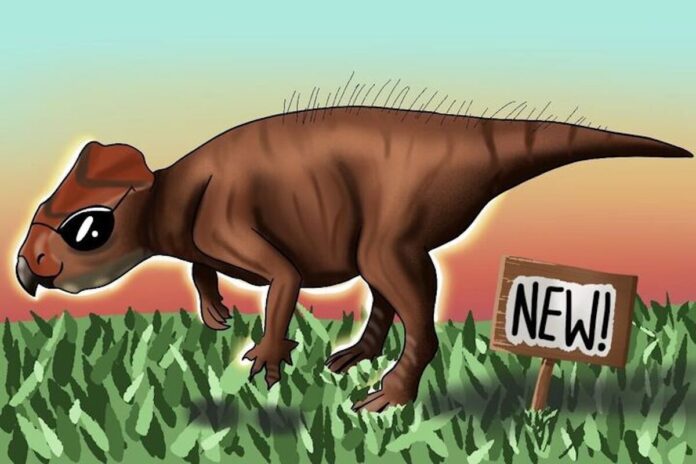Carleton University adjunct research professor Michael J. Ryan recently helped research a new small-horned dinosaur, the Sasayamagnomus saegusai, with a team of international researchers.
The dinosaur was discovered in Japan’s Tamba Sasayama city and is around the size of a golden retriever.
The Charlatan sat down with Ryan to discuss the team’s discovery.
The Charlatan (TC): Walk us through how you found out about this discovery.
Michael Ryan (MR): I’ve been working in the field for over 40 years. I’ve got colleagues all over the world and some former students in Japan. Some of them study horned dinosaurs, so when these small-horned dinosaur bones were discovered, they graciously invited me to be part of the research team.
TC: What insights about dinosaurs does the Sasayamagnomus reveal?
MR: We know horned dinosaurs evolved from small bipedal forms into big quadrupedal forms like triceratops. We believe horned dinosaurs like triceratops evolved from smaller forms, which migrated over during the middle Cretaceous period from Asia to North America. Although Sasayamagnomus was not the ancestor of all North American horned dinosaurs, it’s very close to what that animal would have looked like.
TC: What might Sasayamagnomus have been like fully grown?
MR: For the largest horned dinosaurs, the babies only differ from the adults in the development of the large frill off the back of their skull and large horns over their head. They had no ornamentation on their faces, so even though Sasayamagnomus would have grown, its body shape and the proportions of the bones probably didn’t change much.
TC: Tell us more about Sasayamagnomus’s relation to dinosaurs in North America and what this says about the dinosaur’s migration.
MR: The oldest horned dinosaur we have in North America [the Aquilops] is from 110 million years ago and it’s only known from a single skull. We can reconstruct it as a four-footed herbivorous dinosaur with a small shield off the back of its skull and a little beak at the front of its face, not unlike a turtle.
We have more bones for Sasayamagnomus from Japan. The North American form is very similar to the Asian one. In fact, Sasayamagnomus and Aquilops are what we call sister species.
During the middle of the late Cretaceous period, there was a land bridge between North America and Asia. Also during this time, world temperatures were high year-round. Forests stretched across western North America, providing food for plant-eating dinosaurs, who would have gradually made their way from the east coast of Russia to Alaska.
TC: How did primitive Ceratopsians like Sasayamagnomus evolve into species that we recognize today, like triceratops?
MR: Although Sasayamagnomus is not a direct ancestor to dinosaurs like triceratops or styracosaurus, it is related to animals on that lineage. We have a snapshot in time through the mid-to-late Cretaceous period of horned dinosaurs and we can assemble a tree of life with probably 50 or 60 different species. We can then arrange them by their relation to each other.
When you look at that tree of life over 50 million years, you can see the differences that came from a very small bipedal animal, like Sasayamagnomus, to a tank-sized triceratops that has a six-foot shield coming off the back of its skull.
TC: What’s next for your research?
MR: We need to go back to the site where the Sasayamagnomus was discovered. It’s a very small locality, but it’s very rich in fossils. There are other fossils to be collected, like mammals, frogs, crocodiles, turtles and lizards. There’s lots more research to be done.
This interview has been edited for length and clarity.
Featured graphic by Alisha Velji/the Charlatan.






